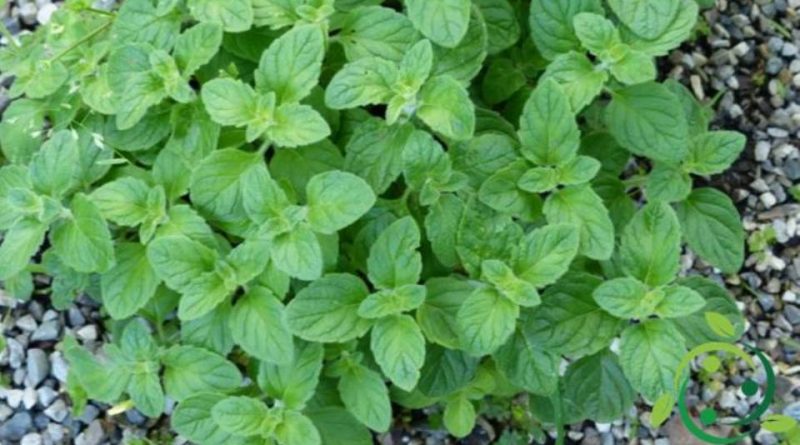How to grow common mint
How to grow common mint
The nepetella (or nepitella) or common mint (Clinopodium nepeta (L.) Kuntze, 1891) is an aromatic plant of the Lamiaceae family. It is an aromatic species that can be cultivated both in the open field and in pots to have it always fresh available. In this contribution we see how to grow the nepetella and the most useful devices to obtain plants with better organoleptic and aromatic characteristics.
The nepetella, like other species of the Lamiaceae family, needs a sunny exposure, where the best aromatic characteristics are obtained, even if it grows perfectly even in the shade. The sowing must take place in spring, preferably in full ground (or in pot for crops in the apartment). Another propagation technique can also be that of the division of tufts, which must always operate at the vegetative restart in the early spring period. If you work in this way it is better to shade the new seedlings for a short time until they have emitted their own root system and intervene with the irrigations, in this phase, to keep the substratum moist but with irrigations to be carried out when drying the superficial part of land. This technique is necessary to make the seedling deepen the root system better.
Once rooted, the plants of nepetella are very rustic but if the seasonal trend proceeds in an excessively dry way it is necessary to operate relief irrigation, taking care to disconnect between one intervention and the other and providing a greater quantity of irrigation allowing to moisten the stay more underground, thus always favoring the deepening of the roots. In a pot of course irrigation is always necessary and it is better to use pots deep enough to give greater autonomy to the root system of plants. The containers should be made of earthenware and not of plastic materials that do not promote transpiration and airing.
As for fertilization it is good that the plant receives only organic matter in the early spring period and is not fertilized with other synthetic fertilizers.
We also remember that the plants grow well even in shady places, where the vegetative growth can be even greater, but if we want more aromatic plants we must operate in conditions of greater insolation. In the winter it is appropriate, for those in the open field a protection with plant mulches (straw or leaves) that protect the root system (even from possible frosts) and contribute to providing a gradual organic substance in subsequent periods. If the seedlings are on the terrace it is better to protect them from the cold winds and cover the superficial part of the substratum with leaves or straws. Winter irrigation in pot plants should be greatly reduced, checking from time to time that the soil is not too dry.
As for the harvest, the optimal period is that of flowering; therefore in the late summer period. Approximating this period the plant should not be irrigated any more; this expedient is used to obtain vegetative parts with a higher aromatic intensity.

